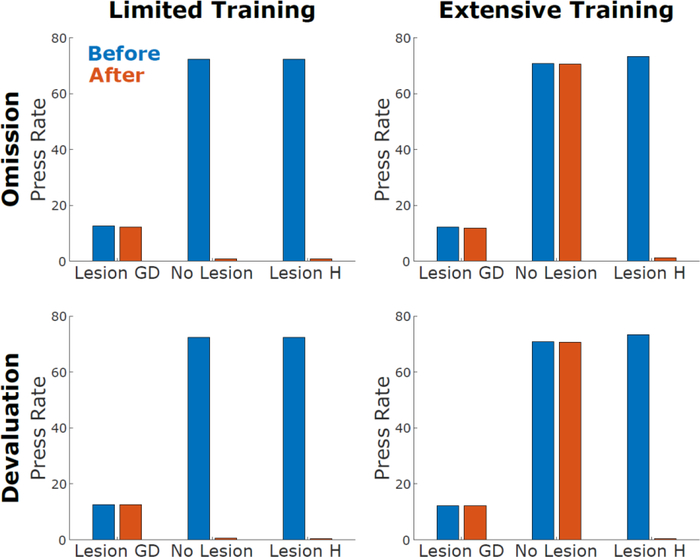Figure 6. Model Reproduces Effects of Lesions on Behavioral Flexibility.
Rate of lever pressing before (blue) and after (orange) omission (top) or devaluation manipulations (bottom rows) performed following either limited or extensive training (left and right columns). We simulated lesions by impairing the goal-directed or habitual controllers, respectively (see Methods for details). The unlesioned model responded flexibly to both manipulations following limited, but not extensive training. Goal-directed lesions caused the model to acquire lever pressing at a much lower rate, and rendered it inflexible to all manipulations, a pattern seen in rats with DMS lesions (Yin et al., 2005). Habit lesions caused the model to respond flexibly to all manipulations, a patterns seen in rats with DLS lesions (Yin et al., 2004, 2006).

